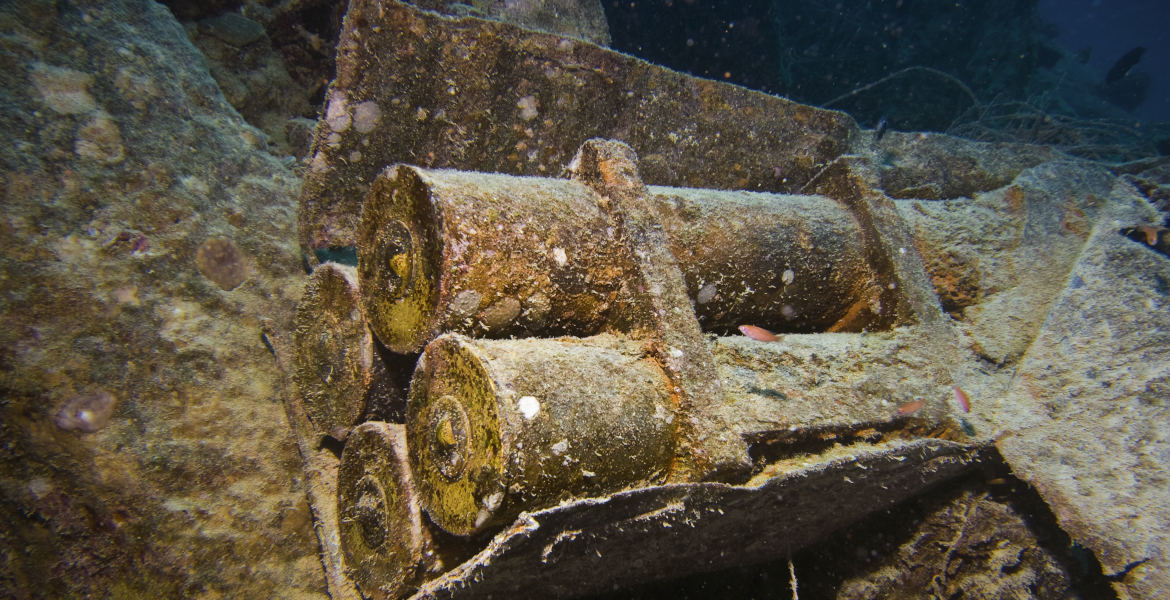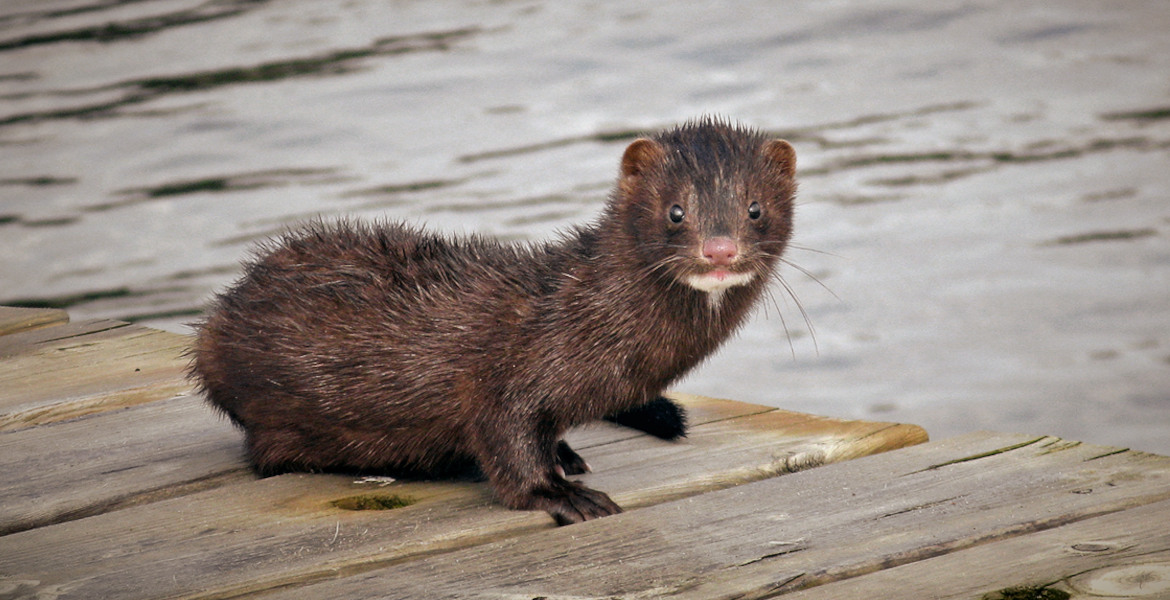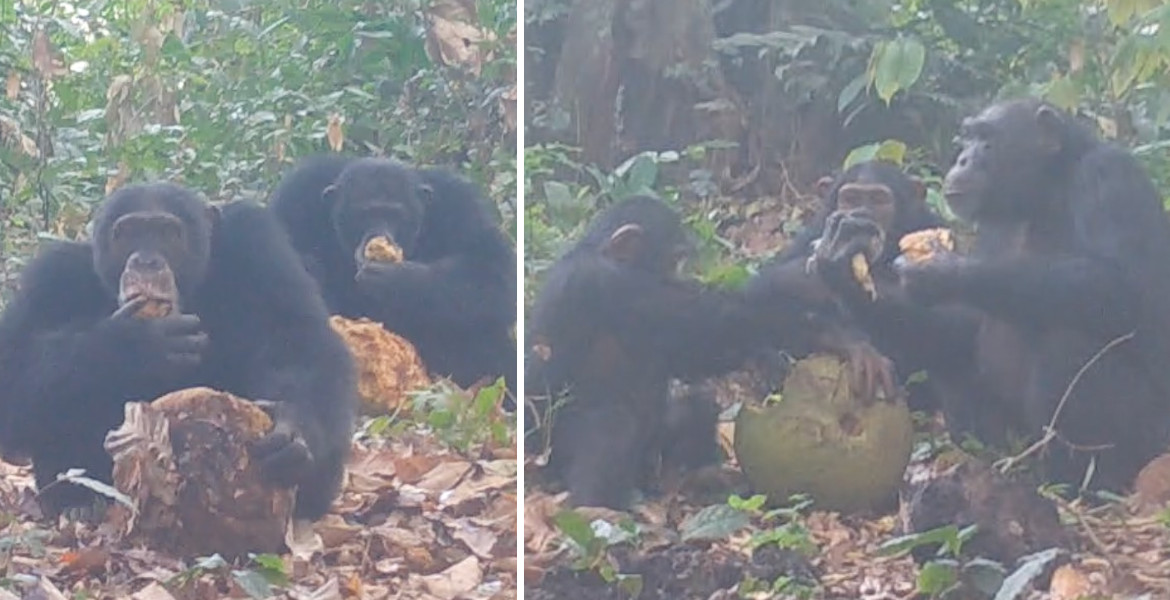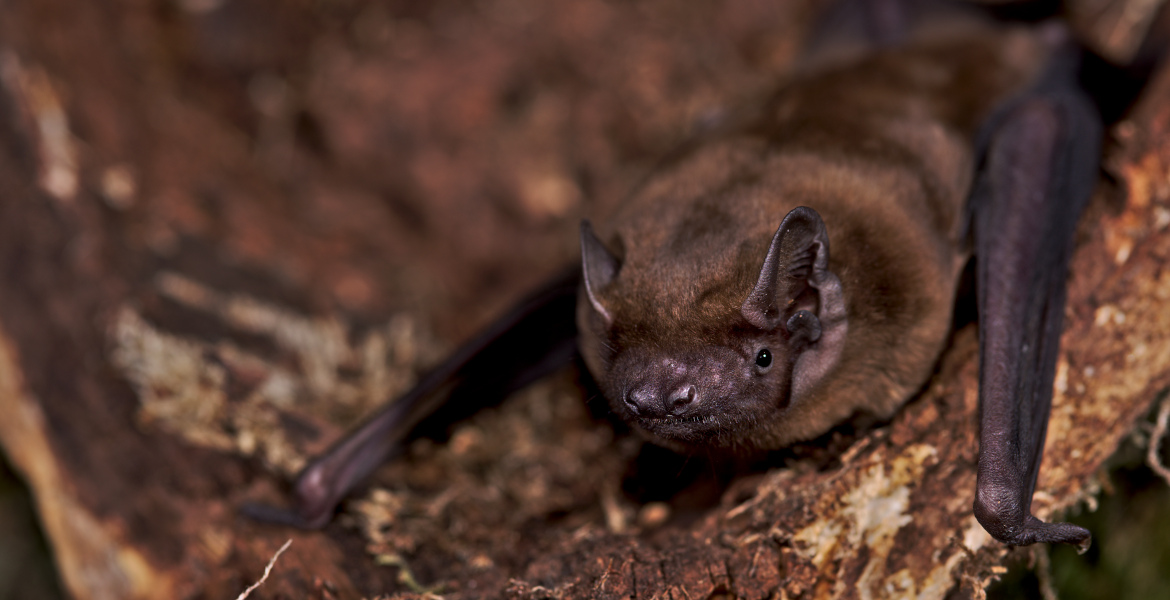On the artificial island of Pepparholm, plant and animal life thrive without any human interference. Since the island was created during the construction of the Öresund Bridge in 1999, hundreds of plant species and several animal species have been found, and new species are still being discovered.
The Öresund Bridge, also known as the Öresund Link, was inaugurated on July 1, 2000, and spans 15.9 kilometers between Malmö and Copenhagen, both above and below the Öresund Strait via a tunnel.
The original plan for the link was to build it along Saltholm Island. However, this would have required either building the bridge straight across the island or expanding the island. However, due to the risk of disturbing the island’s wildlife, the plan was abandoned and the decision was made to build an artificial island south of Saltholm instead.
Pepparholm, in Danish Peberholm, was designed by bridge and landscape architect Inger Berglund from Falun and built between 1995 and 1999. The island got its name from a naming competition in the Danish newspaper Politiken.
The bridge construction faced opposition from various quarters, including arguments that it would disrupt the natural flow of water. Saltwater, being heavier than freshwater, flows more effectively in deeper areas. However, Pepparholm was built in a shallow area that did not affect the water flow, and Öresund was further deepened to improve the existing water flow. The excavated material was then used to construct the island.
“The largest biological laboratory in the Nordic countries”
The tunnel to Copenhagen starts at Pepparholm, where both a railway and a highway pass through the island. However, no trains stop on the island, and the highway exit can only be used by people with special permission. Only biologists and staff from the Öresund Bridge are allowed to visit the island, which has thus remained untouched by human activity since its creation.
Pepparholm, together with Saltholm and the surrounding sea, is part of Natura 2000 site 142. Natura 2000 is a network of valuable natural areas within the EU with species and habitats that are considered particularly worthy of protection from a European perspective. Because nature on Pepparholm has been allowed to develop without human interference or conservation, the island is also seen as an experiment and has been called “the Nordic region’s largest biological laboratory”.
Unusual species
Pepparholm today has a rich plant and animal life with hundreds of plant species and a large number of animal species identified on the island.

Several rare species have also been discovered on Pepparholm. For example, the wild and protected early marsh orchid thrives in colonies on the island, having first been found in 2004. In 2007, the plants true salad burnet (Poterium sanguisorba), creeping willow, pale toadflax and Siberian iris were identified. In total, the island is estimated to harbor around 600 plant species, according to Natursidan. Another unusual discovery is the plant Marschall’s wallflower (Erysimum marschallianum), which is not found in either Sweden or Denmark, but is believed to have arrived by train from Finland, according to the state broadcaster SVT.
In 2010, a hare was discovered on the island, believed to have made its way there over the ice. Five years later, white rabbits were found, which it is suspected may have been released from a car. Grey herons, western marsh harriers and peregrine falcons also nest on Pepparholm, which is also popular with other bird species. In total, around 40 different species nest on the island.
The rare European green toad was discovered on the island in 2005. The species is otherwise only found in a few places in Denmark and along the west coast of Scania. A large number of insect species have also been identified, including over 300 beetle species and more than 400 butterfly species. Even the rare and poisonous hobo spider has been found at Pepparholm.

New species discovered every year
Every year, biologists and botanists survey Pepparholm and new species continue to be discovered. In 2023, it was noted that a colony of spoonbills had begun to move in the area, as reported by Natursidan. The following year, in 2024, the grasshopper species Aiolopus thalassinus was identified, which is completely new to Denmark. In addition, the rare plant species of hawkweed and denseflower mullein were found during the same period.
The Öresund Bridge, also called the Öresund Link, is a combined rail and road connection between Malmö, Sweden, and Copenhagen, Denmark, spanning 15.9 kilometers. It includes a cable-stayed bridge, a tunnel, and the artificial island Pepparholm, created to facilitate the transition between the bridge and tunnel. Construction began in 1995 and was completed in 2000 at an estimated cost of €4 billion. Officially opened on July 1, 2000, the bridge is considered an engineering marvel, with its dual design of bridge and tunnel allowing it to navigate the busy Öresund Strait without disrupting marine traffic. It has since become a vital infrastructure for travel and commerce between the two countries.








